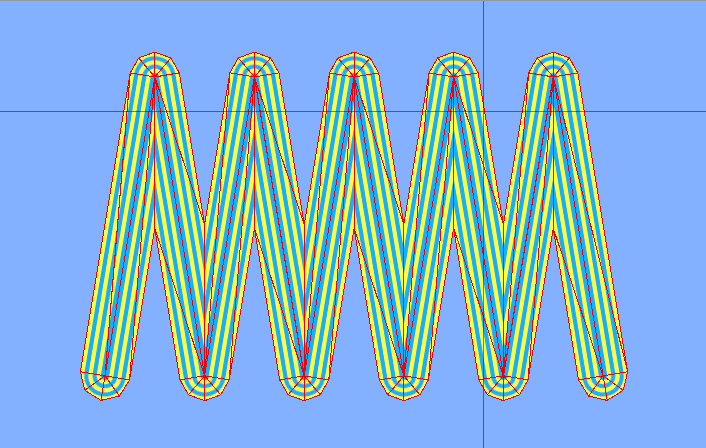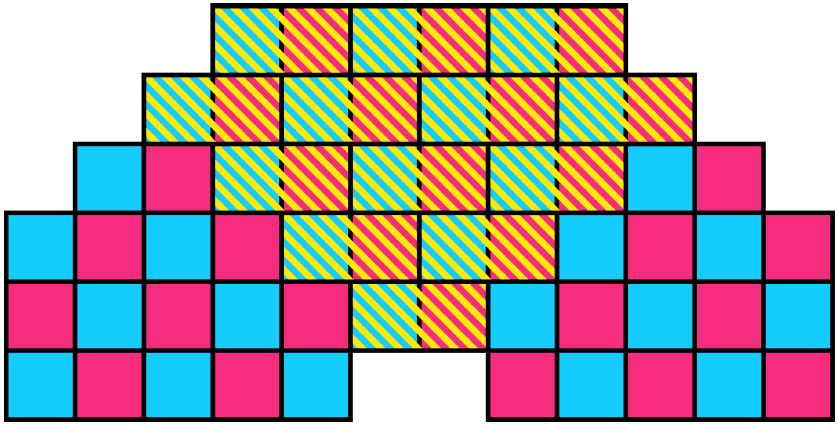
A while back I developed a mild obsession with pentagons (mathematical ones, not symbolistic!) It started when I discovered some beautiful (simple and to me, unknown) theorems of quadrangles, such as Varignon’s theorem. I already came across Miquel’s pentagon theorem, and wondered what other gems I could find.
Here is what I found: Pentagons (2.4 MB PDF).
My search was on the surface a bit disappointing: pentagons as such are not widely studied. I guess it is because some more general theorems (that apply to general polygons) contain the theory, and the specifics as applied to pentagons are not so interesting.
Nevertheless, I did discover a few theorems, and the journey took me into some very interesting corners of geometry; a very rewarding experience. I started to collect these into a document, which is shared below. It’s not comprehensive or complete; there are a few gaps.
(At some stage I may return to look at this again. In particular, there are many theorems of the type “if there is n, there is n+1”, which seems to me to hint at a very general theorem which can be used to prove a bunch of specifics.)
Also, when I started, I did not realise how many of the theorems will generalise to general polygons, so the collection looks a bit silly in retrospect (kind of like listing all the properties of the number 8 that equally apply to even numbers).
Even so, what’s done is done, and can perhaps satisfy someone else’s curiosity.
Here is the list of contents:
- Notation
- Standard labeling
- Cycle notation (I introduce a convention that to me makes it easier to keep track of symbols in my head.)
- Area
- Five points in a plane
- General Pentagons
- Monge, Gauss, Ptolemy (Theorems that have analogues for quadrangles. For example, one theorem relates the areas of six triangles spanned by certain vertices of the pentagon.)
- Cyclic Ratio Products (alla Ceva en Melenaus) (Theorems involving products of cevians and other ratios.)
- Miquel (Thereoms analoguous to Miquel’s theorem for triangles.)
- Conics (Circumscribed and inscribed conics are uniquely determined by a pentagon.)
- Complete Pentagons (Includes Miquel’s pentagram theorem.)
- The Centroid Theorem (A general theorem about centroid applied to pentagons.)
- Special Pentagons (Including how to construct these pentagons.)
- Cyclic Pentagons (Pentagons with vertices on a circle.)
- Tangent Pentagons (Pentagons with all sides tangent to a circle.)
- Orthocentric Pentagons (Pentagons whose altitudes intersect in a single point.)
- Mediocentric Pentagons (Pentagons whose medians intersect in a single point.)
- Paradiagonal Pentagons (Pentagons whose diagonals are parallel to oposite sides. Also called golden pentagons, affine regular pentagons, and equal area pentagons.)
- Equilateral Pentagons (Pentagons with all sides of equal length.)
- Equiangular Pentagons (Pentagons with all interior angles equal.)
- Brocard Pentagons (Pentagons that have a Brocard point.)
- Classification By Subangles (What the relationships between subangles imply for the pentagon.)

